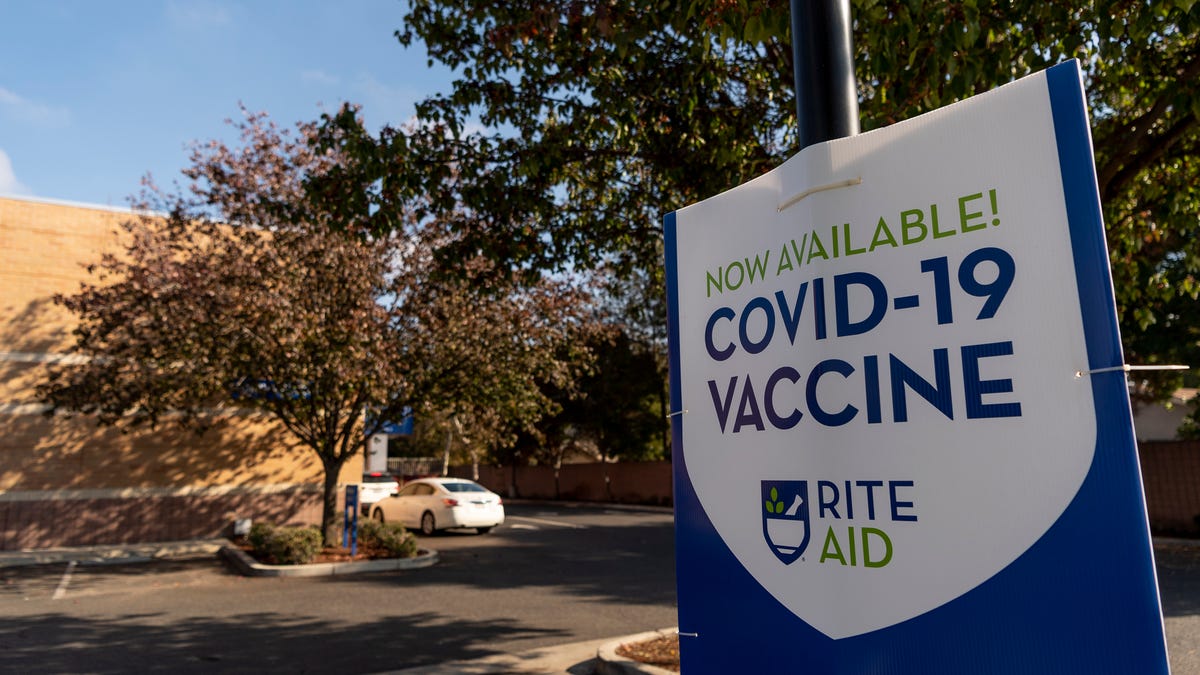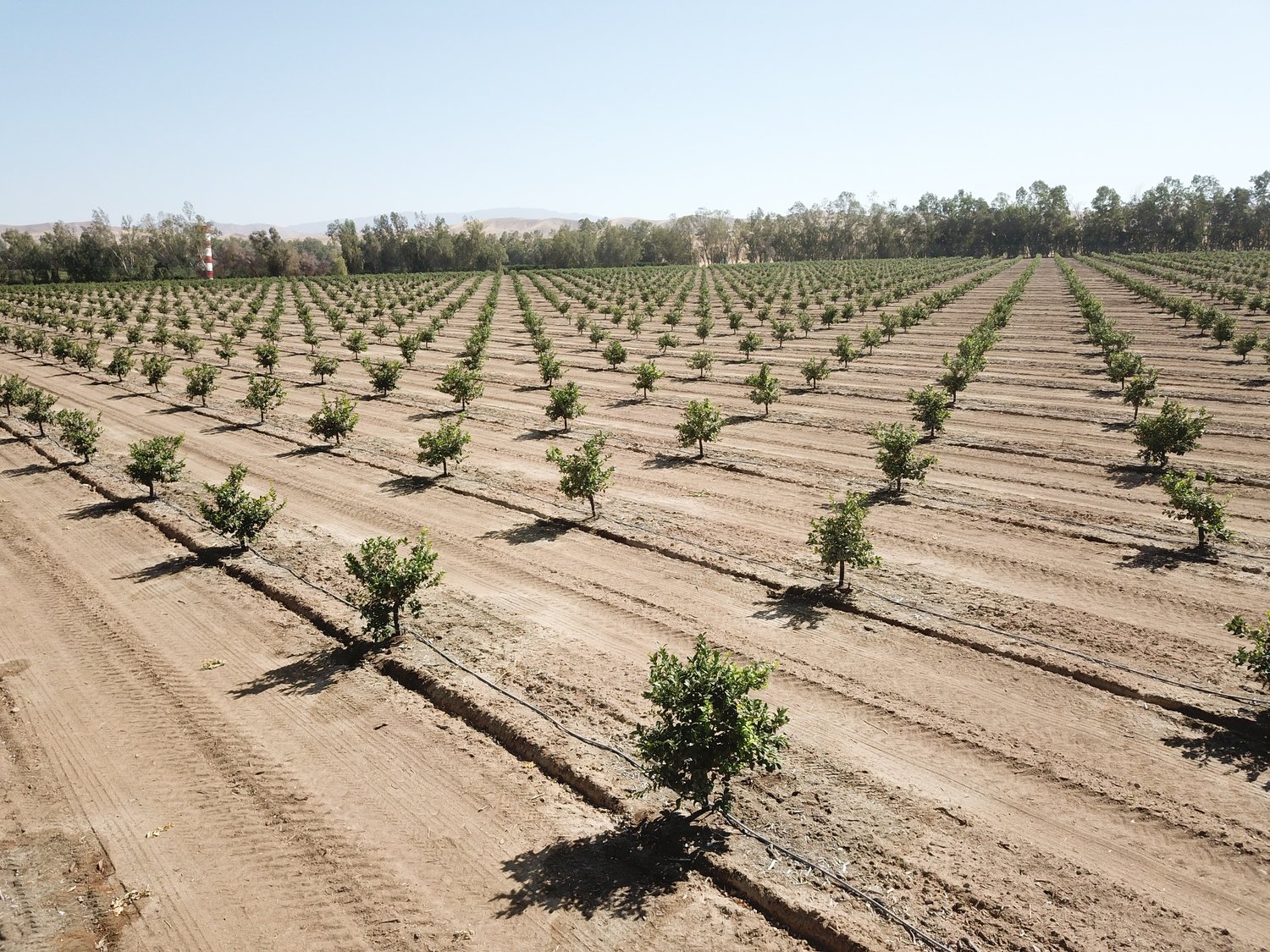California
Poverty and long COVID go together in California

When the COVID-19 pandemic fully reached California in early 2020, experts in the fields of low-wage work and poverty braced for the worst. Their fear: The state’s poorest residents, often living in crowded conditions with inferior access to both information and adequate health care, were likely to suffer from the virus disproportionately.
That concern was prescient. Poorer communities in the state were wracked by dramatically outsized rates of infection and death in the pandemic’s first year. Workers in low-paying but “essential” jobs — in agriculture, food service, sanitation, public transportation — continued to be called into work, sometimes in unsafe conditions that further prompted disease spread.
It was an ugly picture. And its effects are still being drawn.
New information from UCLA’s Center for Health Policy Research shows that among California adults who tested positive for COVID, those with the lowest incomes were more than twice as likely as those with the highest incomes to have experienced long COVID — in this case, symptoms of the virus that last for two months or more. The long COVID figure for those at the lowest income levels was a staggering 50%, versus a 29% average for all adults and 22% for those at the highest income levels.
The data, drawn from the center’s California Health Interview Survey (CHIS), defined those earning 0% to 99% of the federal poverty level as the lowest income group, with those at 300% or more of the FPL as the highest income group. For 2023, the FPL, a measure of annual income issued by the U.S. Department of Health and Human Services, is $14,580 for individuals, $19,720 for a family of two and $30,000 for a family of four.
Such rates of lingering symptoms have corrosive effects down the line. Those suffering from long COVID symptoms were three times more likely to quit their jobs in order to care for themselves or a family member than were those whose symptoms lasted less than two months, said CHIS director Todd Hughes.
Further, Hughes said, 9% of those who experienced long COVID symptoms are currently unemployed and looking for work. The figure was only 6% among those who’d reported symptoms lasting less than two months.
“And a lower rate of those with long COVID symptoms are considered fully or full-time employed — 54%, versus 61% among those who had symptoms of less than two months,” Hughes said. “So there appears to be a current impact on employment situations.”
The full scope and effects of long COVID are some of the final frontiers for scientists and others studying the pandemic. In September, the National Center for Health Statistics estimated that in 2022, 7% of American adults had experienced long COVID, which it defined as self-reporting symptoms for at least three months after contracting the virus. The federal Centers for Disease Control and Prevention (CDC) defines long COVID as symptoms that last more than a month.
In an August report, the CDC noted that long COVID in U.S. adults has been associated with “lower likelihood of working full time and higher likelihood of being unemployed.” It also referred to data from the New York State Insurance Fund, which found that 18% of claimants with long COVID could not return to work for more than a year.
“The larger economic and societal impact of long COVID could be far-reaching if working-age adults are unable to maintain employment or care for children or aging parents,” the CDC report said.
The UCLA center’s survey is an ongoing, rolling questionnaire of Californians on a variety of health-related topics. The long COVID results, released in late October, are drawn from July 2023 data.
What the survey doesn’t explain, nor does it attempt to, is the why. But medical experts and social scientists alike have long understood that lower-wage workers in California generally have poorer access to quality health care, and for many, the lack of full-time work means they have to obtain such care on their own. In the time of COVID, that might include both testing and vaccinations.
“There’s a strong linkage between health insurance and employment,” Hughes said. Among the CHIS respondents, almost 20% of those with long COVID symptoms had experienced gaps in their health coverage in the past year, and nearly half cited cost as a reason why they either delayed getting care or didn’t seek any.
California has already seen what can happen when the state and federal government intervene to fend off the worst of a calamitous public event like the pandemic. The latest numbers from the Public Policy Institute of California (PPIC), for example, show that pandemic aid dramatically reduced poverty in the state — and that the expiration of most of those programs is coinciding with a renewed rise in poverty rates.
“Despite the economic shock of the pandemic, poverty in California actually declined because of major expansions to safety net programs,” said Sarah Bohn, a senior fellow at the PPIC who directs its economic policy center. “The federal Child Tax Credit and CalFresh food assistance programs were the largest expansions, aimed at low income Californians at risk of poverty.”
Gov. Gavin Newsom has successfully pushed to expand Medi-Cal, the state’s version of the federal Medicaid program, to include all income-eligible applicants regardless of their immigration status. A major leg of that expansion is set to begin in January, and it’s projected to reduce the number of Californians without any health insurance by nearly 1 million over time.
In the battle with COVID that is clearly still being waged, such interventions may prove critical to lifting lower-wage workers out of the worst of the virus’s effects. In other words, they’re merely the start — if the state is serious about putting COVID behind it.
Copyright Capital & Main, published with permission for USA Today Network.

California
More than $450K recovered for Half Moon Bay mushroom farm workers at sites of deadly shootings

HALF MOON BAY, Calif. — The owners of two Northern California mushroom farms where a farmworker killed seven people in back-to-back shootings last year will pay more than $450,000 in back wages and damages to 62 workers, the Labor Department announced Monday.
The owners of California Terra Gardens and Concord Farms in Half Moon Bay will also pay $70,000 in civil penalties for illegally deducting money from the workers’ pay for housing them in cramped cargo containers, garages, dilapidated trailers and a moldy greenhouse infested with insects and surrounded by trash, the department said in a statement.
This image shows police cars at a farm where a deadly shooting took place in Half Moon Bay, Calif. on Monday, Jan. 23, 2023.
Half Moon Bay mushroom farms cited for workplace safety violations after Jan. mass shooting
Chunli Zhao, who worked at California Terra Gardens and had worked at Concord Farms, was charged with seven counts of murder and one count of attempted murder in the Jan. 23, 2023, shootings that stunned the small coastal community about 30 miles (48 kilometers) south of San Francisco. He has pleaded not guilty.
Authorities said Zhao opened fire at California Terra Garden, killing four co-workers and wounding another one. They said he then drove about 2 miles (3.2 kilometers) to Concord Farms, a mushroom farm he was fired from in 2015, and shot to death three workers.
‘Hidden Crisis: Tragedy in Half Moon Bay’ | Watch full special
The mass shooting in Half Moon Bay exposed the deplorable living conditions that some farmworkers endured. Now, officials are looking for a solution.
California Terra Gardens, Inc.’s owners, Xianmin Guan and his wife, Liming Zhu, illegally deducted money from workers’ pay for substandard housing, federal officials said. Federal investigators discovered 39 workers housed in cramped cargo containers, garages and dilapidated trailers furnished with filthy mattresses, the department said.
At Concord Farms, owner Grace Tung housed workers in moldy, makeshift rooms inside a greenhouse infested with insects, federal officials said.
MORE: Timeline: An in-depth look at the Half Moon Bay mass shooting that killed 7
The families of three Half Moon Bay shooting victims speak out as one described the feeling when they were told his brother has died.
Emails from The Associated Press seeking comment from the farms’ owners were not immediately answered Monday.
“Our investigators found workers at California Terra Gardens and Concord Farms housed in sickening conditions, forced to sleep near garbage and with insects all around,” said Wage and Hour Division Assistant District Director Alberto Raymond in San Francisco.

If you’re on the ABC7 News app, click here to watch live
Copyright © 2024 by The Associated Press. All Rights Reserved.
California
Whole Orchard Recycling in Kern County with the Healthy Soils Program — California Climate Investments

Grower John Gless owns a citrus orchard in Kern County, California, which has greater citrus production than nearly any other county in the state. In 2020, Gless was looking to replace his old orchard and improve the orchard’s soil health through the conservation management practice of whole orchard recycling. With whole orchard recycling, orchard trees are chipped and spread back into the field evenly. Once chips are incorporated into the soil, the field can be replanted with a new citrus orchard. This practice improves soil health, nutrient levels, soil structure, and water retention, resulting in healthier orchards.
Gless applied for the California Department of Food and Agriculture’s (CDFA) Healthy Soils Program Incentive Grants, funded through California Climate Investments, and received an award of $94,825 to implement whole orchard recycling in his 110-acre orchard. In addition to greenhouse gas reduction benefits, estimated at 26 metric tons of CO2 equivalent for this project, using whole orchard recycling serves as an alternative to burning orchards, preventing the release of particulate matter that otherwise would harm health.
California
Summer Barbecue Festival Season Has Arrived in Southern California

Summer is just around the corner, as is the season to place marinated meats over a fiery grill. Thankfully, two Southern California festivals are taking place to celebrate Los Angeles and Riverside County’s diverse barbecue scenes, starting with the Long Beach Barbecue Festival on May 25 and the Brew n’ Que Festival from May 31 through June 1 in Riverside County.
Axiom Kitchen will set up at the tail end of Shoreline Aquatic Park from 12 p.m. to 9 p.m. to host its second annual event showcasing 25 pitmasters including Big Brian’s Meats, the 38-year-old operator Robert Earl’s BBQ, and the Mexican-Cuban specialist El Guero y La Flaca. In addition to 40 retail vendors, the festival will also feature whiskey tastings, a beer garden, a full bar, and an amateur chili cook-off contest. VIP tickets are still available.
Out in Norco, the Brew n’ Que Festival kicks off with panel chats from the CEO of the Kansas City Barbecue Society, Slap Yo Daddy sauce creator Harry Soo, and Black Smoke author Adrian Miller on day one. On June 1, attendees can try barbecue from local operators, North Carolina’s Bourbon & Blues Barbecue, and Good Googly Goo BBQ from Maryland. They’ve even secured live entertainment. Tickets to the festival range from $20 to $125.
Carmel Coffee craze is an understatement
Time Out LA waited in Carmel Coffee’s hour-plus line to try Silver Lake’s, or, rather, all of Los Angeles’s buzziest cafe, which opened in May. Those brave enough to stand in line were rewarded with drinks like milk teas, matcha lattes, and its popular multi-grain misugaru.
Another group of SoCal Starbucks workers join the union
Starbucks employees in Santa Clarita voted to join the worker union on May 17. The store at Newhall and Carl Court is the 35th California Starbucks location to join Starbucks Workers United. Over the last three years, Starbucks workers have organized extensively throughout the country amid allegations of anti-union actions from the coffee giant. In Southern California, the chain shuttered six Los Angeles stores in 2022, citing issues related to worker safety. The National Labor Relations Board subsequently filed a complaint against Starbucks, taking action to order the company to reopen multiple LA stores in 2023.
Grand Central Market in 1963
This time capsule of Grand Central Market from Forgotten Madness LA’s Instagram account is a healthy dose of nostalgia for Los Angeles residents and beyond.
New hours and offerings at Xuntos
Santa Monica’s Xuntos is open on Mondays and just launched a happy hour with Pintxos by chef Sandra Cordero. It also has a new bar program where gin and tonics, brandies, and Spanish natural wines are available, including Galician after-dinner drinks called chupitos.
Pescatarians, Burgers 99 wants you
DJ collective All Summa partnered with Badmaash’s Burgers 99 to create their first fish burger called the Ricks. It’s $13 with a wild-caught salmon patty, avocado spread, capers, cheddar, lettuce, and tomatoes on a toasted bun.
-

 News1 week ago
News1 week agoSkeletal remains found almost 40 years ago identified as woman who disappeared in 1968
-

 Movie Reviews1 week ago
Movie Reviews1 week ago“Kingdom of the Planet of the Apes”: Disney's New Kingdom is Far From Magical (Movie Review)
-

 World1 week ago
World1 week agoIndia Lok Sabha election 2024 Phase 4: Who votes and what’s at stake?
-

 World1 week ago
World1 week agoUkraine’s military chief admits ‘difficult situation’ in Kharkiv region
-

 Politics1 week ago
Politics1 week agoTales from the trail: The blue states Trump eyes to turn red in November
-

 World1 week ago
World1 week agoCatalans vote in crucial regional election for the separatist movement
-

 Politics1 week ago
Politics1 week agoNorth Dakota gov, former presidential candidate Doug Burgum front and center at Trump New Jersey rally
-

 News1 week ago
News1 week agoTrump, Reciting Songs And Praising Cannibals, Draws Yawns And Raises Eyebrows

















